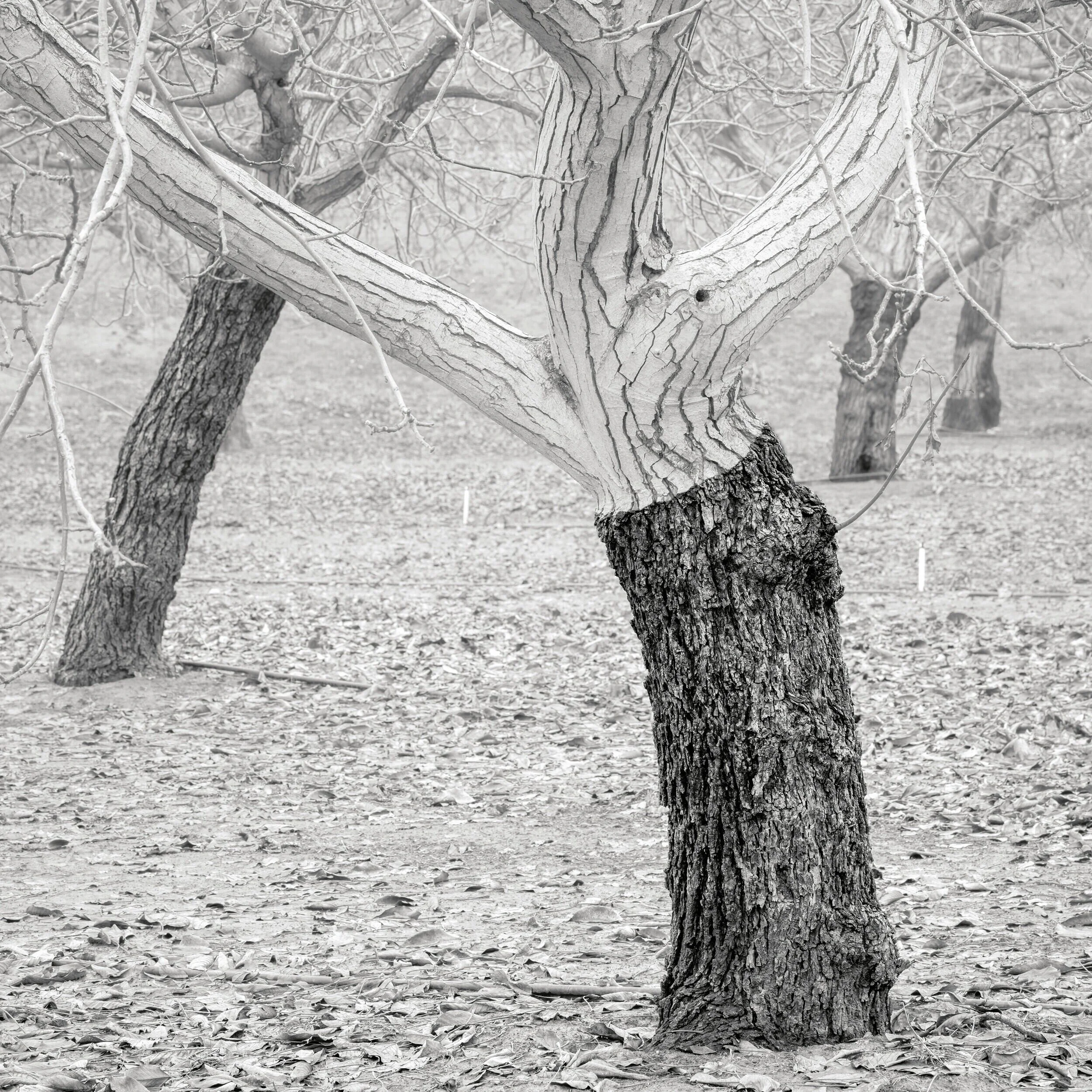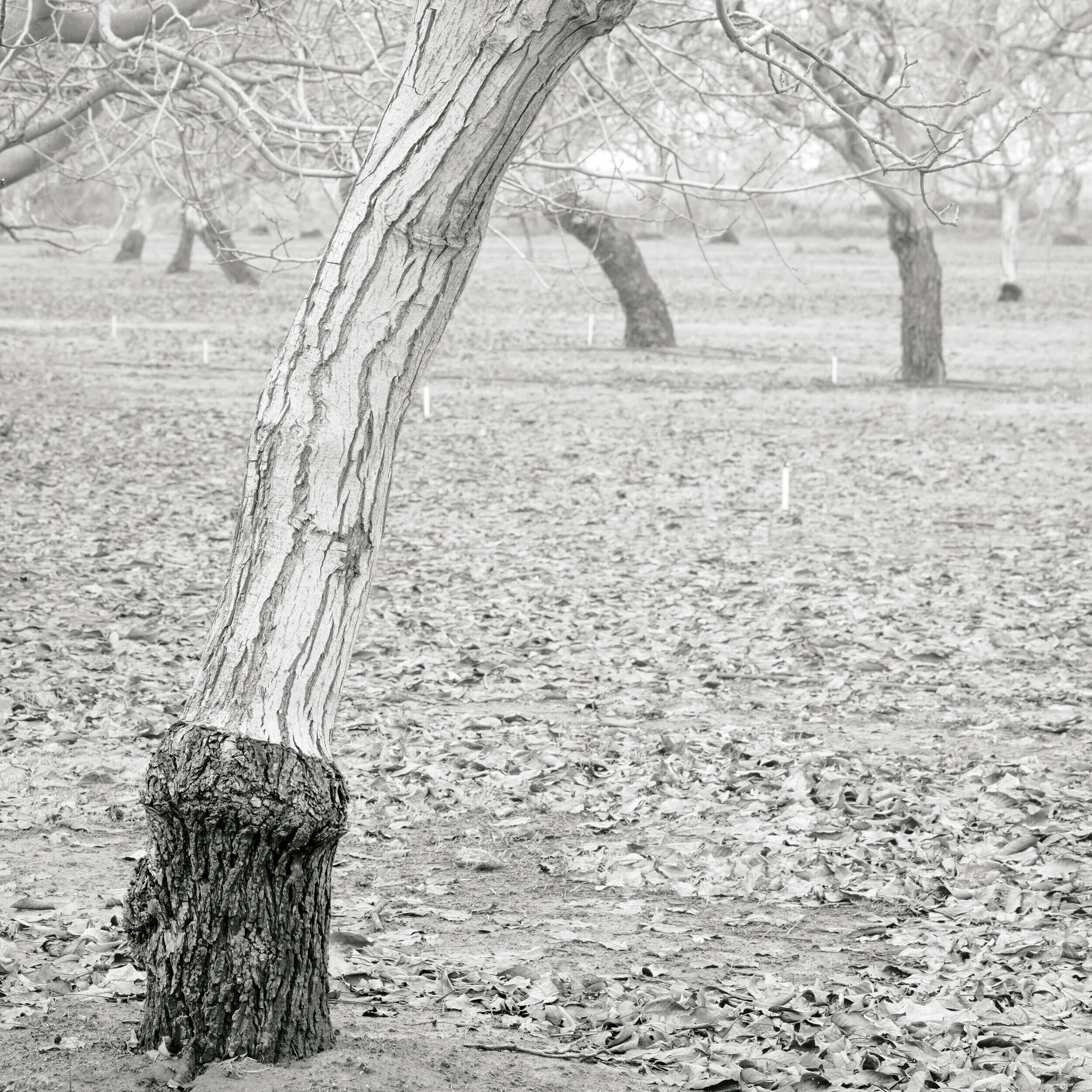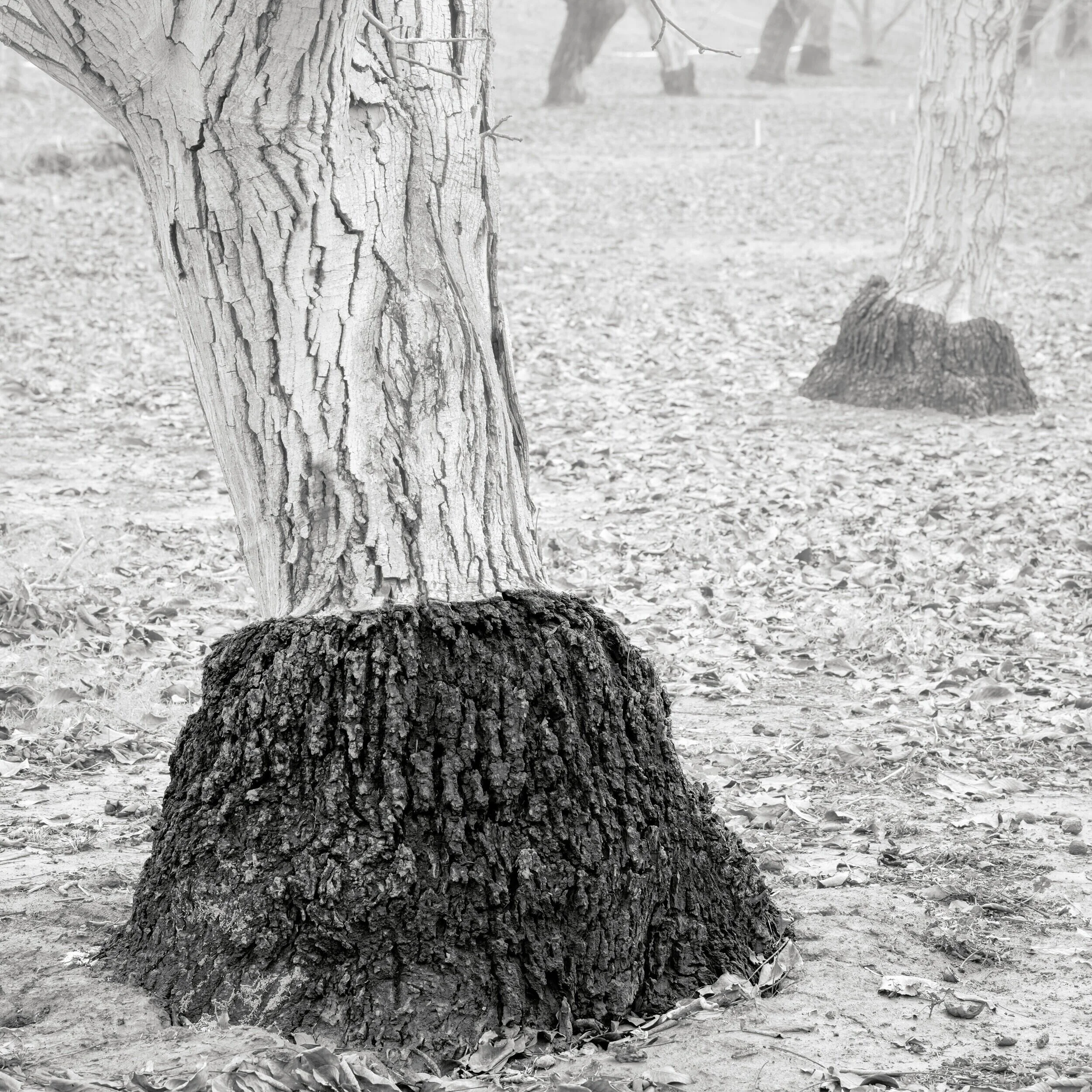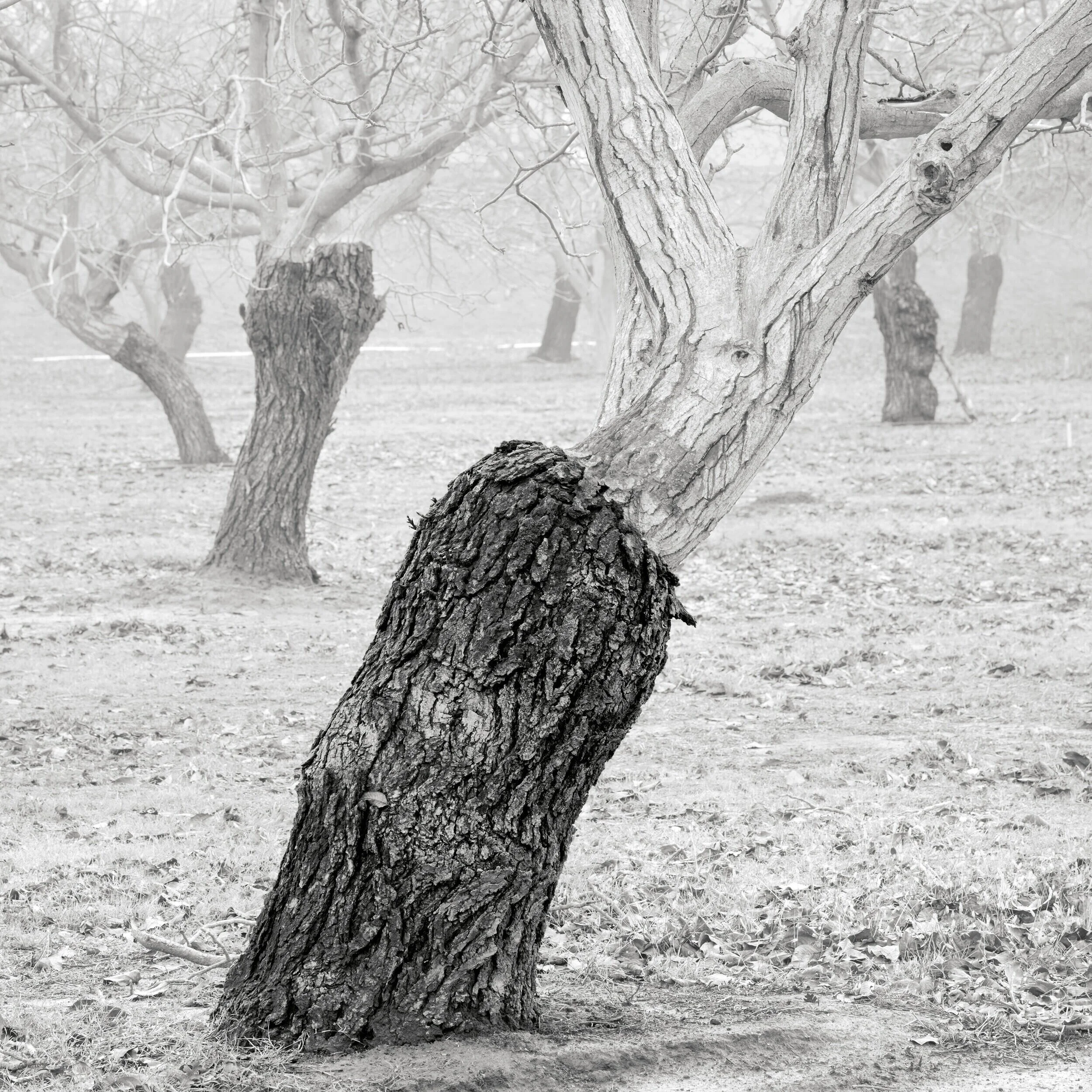










Your Custom Text Here
Early in the morning on the day my grandson Arlo was born, I was in the orchard house reading a review of Peggy Wallace Kennedy’s memoir, Broken Road. Kennedy is the daughter of George Wallace.
Her life has been a long effort toward reckoning with her family’s racist past. When her sons were born she was determined to help them live with love and respect for all people.
On the 50th anniversary of the 1965 “Bloody Sunday” march across the Edmund Pettus Bridge in Selma, Alabama, Kennedy walked across the bridge with Bernice King, the youngest daughter of Dr. Martin Luther King Jr. They held hands as a symbol of strength, unity, and commitment toward a better future for all people.
An image of their black and white clasped hands was in my mind when I walked to the window and looked out into the orchard. Until then I had seen the grafted trees, dark at the trunk and light where the trees begin to branch out, solely as a metaphor for how light-skinned people had so often reaped the fruit of the labor of dark-skinned people.
Thirty years ago the Black Walnut rootstock was grafted with the white-barked English Walnut scion. The outer layer of bark still bears the historical record of that forced union, while the inner tissues of the trees took a mere eight weeks to fuse together, sending moisture from the roots to the leaves and photosynthesized sugars from the leaves to the roots. Seven years later, and every year since, the trees have borne fruit.
With the image of Kennedy’s and King’s black and white clasped hands, I walked into the orchard choosing to also see hope.
Early in the morning on the day my grandson Arlo was born, I was in the orchard house reading a review of Peggy Wallace Kennedy’s memoir, Broken Road. Kennedy is the daughter of George Wallace.
Her life has been a long effort toward reckoning with her family’s racist past. When her sons were born she was determined to help them live with love and respect for all people.
On the 50th anniversary of the 1965 “Bloody Sunday” march across the Edmund Pettus Bridge in Selma, Alabama, Kennedy walked across the bridge with Bernice King, the youngest daughter of Dr. Martin Luther King Jr. They held hands as a symbol of strength, unity, and commitment toward a better future for all people.
An image of their black and white clasped hands was in my mind when I walked to the window and looked out into the orchard. Until then I had seen the grafted trees, dark at the trunk and light where the trees begin to branch out, solely as a metaphor for how light-skinned people had so often reaped the fruit of the labor of dark-skinned people.
Thirty years ago the Black Walnut rootstock was grafted with the white-barked English Walnut scion. The outer layer of bark still bears the historical record of that forced union, while the inner tissues of the trees took a mere eight weeks to fuse together, sending moisture from the roots to the leaves and photosynthesized sugars from the leaves to the roots. Seven years later, and every year since, the trees have borne fruit.
With the image of Kennedy’s and King’s black and white clasped hands, I walked into the orchard choosing to also see hope.
FOLLOW ME ON INSTAGRAM